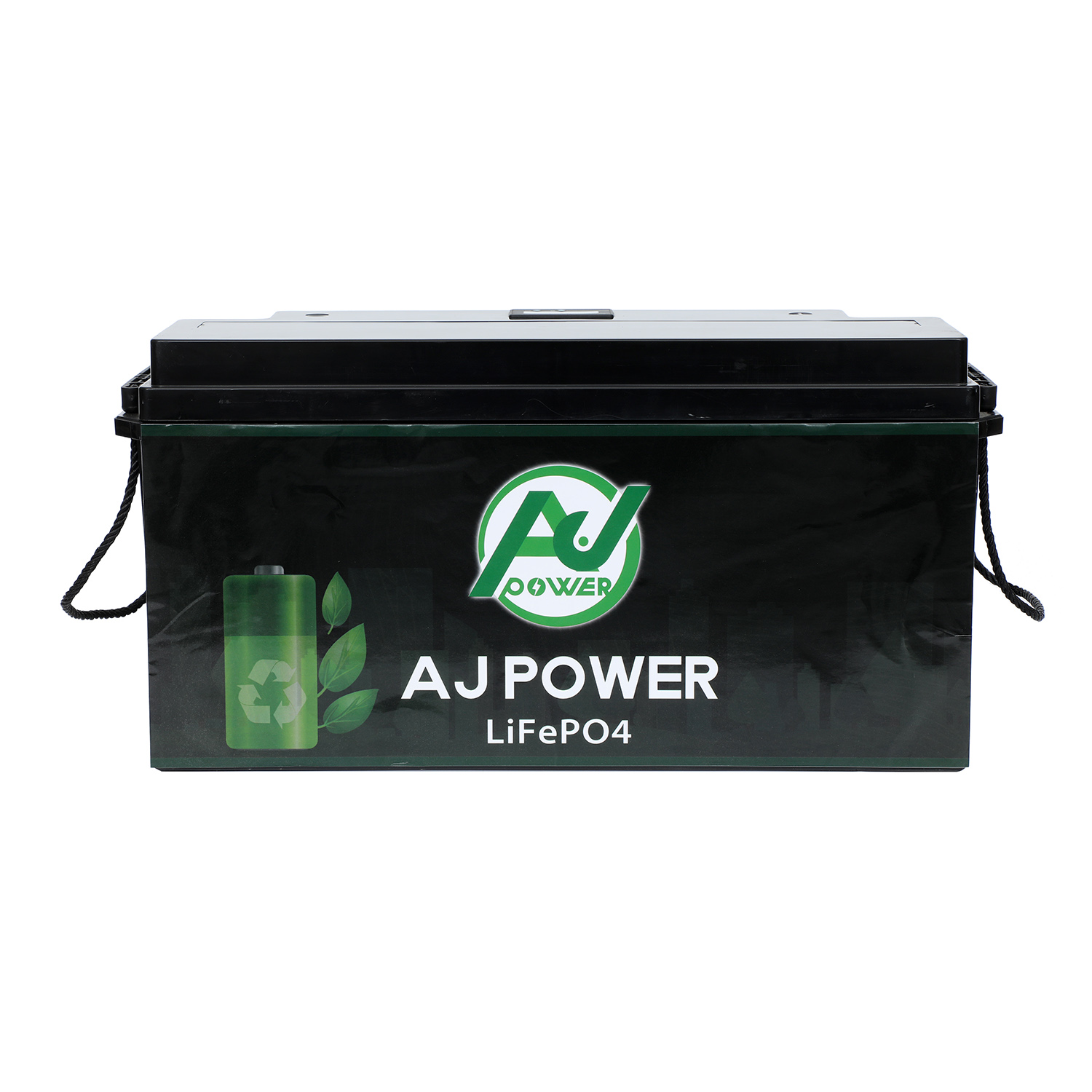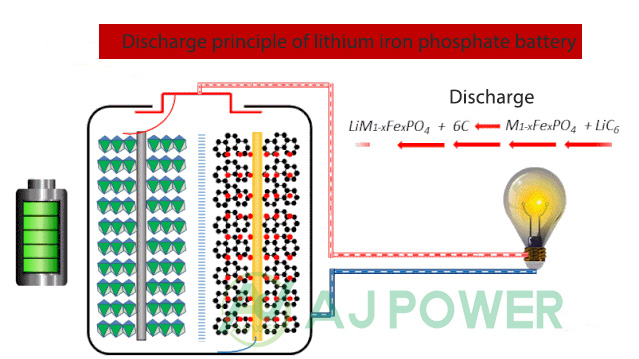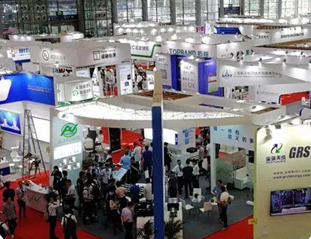Recent Posts
![]() 2023-04-10 15:00:00
2023-04-10 15:00:00![]()
Battery Energy Storage Projects: Heating Up in 2023
2023-04-08 16:00:00![]()
The Power of Energy Storage: How Home Energy Storage Systems Can Take Your Solar Energy to the Next Level
2023-04-06 22:00:00![]()
Generating Solar Power: Benefits of Home Energy Storage
2023-04-04 20:00:00![]()
The increasing usage of renewable energy drives many industries to move to green, are you ready?
2023-04-02 21:00:00![]()
What Companies Can Do to Address the 20% of EU's Carbon Emissions from Road Transport
2023-03-31 21:00:00![]()
Why is so crucial to have a net zero transition plan for your company
2023-03-29 22:00:00![]()
Companies bidding for major government contracts have to commit Net Zero emissions
2023-03-27 21:00:00![]()
How Much Can Solar Energy Save on Your Electric Bill?
2023-03-26 22:00:00![]()
Demand for green energy as popular than ever
2023-03-24 22:01:00![]()
Discover the Power of Renewable Energy: A Beginner's Guide
2023-03-22 21:02:00![]()
Advancements in Cathode Materials for LiFePO4 Batteries: Improving Performance and Durability
2023-03-20 20:20:00![]()
Industry Prospect Analysis of LiFePO4 Battery in 2023
2023-03-19 20:00:00![]()
The impact of the Internet of Things on LiFePO4 batteries
2023-03-17 19:25:00![]()
Maintenance method of LiFePO4 battery
2023-03-15 19:30:00![]()
Integrate lithium iron phosphate batteries into various applications
2023-03-13 19:30:00![]()
What size battery is needed to power a house?
2023-03-12 18:37:00![]()
Are lithium iron phosphate batteries better than lithium-ion?
2023-03-10 18:00:00![]()
Lithium iron phosphate battery(LiFePO4)
2023-02-13 10:38:48![]()
Mobile RV Energy Solution
2022-10-18 15:05:07

Let's take a closer look at the iron-lithium phosphate battery(LiFePO4).

First, let's examine how the iron-lithium phosphate battery(LiFePO4) works. At the positive electrode (iron phosphate), lithium ions move from the negative electrode (lithium metal) to the positive electrode during the charging process, and move from the positive electrode to the negative electrode during the discharging process. These two processes form an electrochemical reaction and transfer lithium ions through the electrolyte, generating electrical energy.

The iron-lithium phosphate battery(LiFePO4) has some special advantages that make it a more popular battery choice. Firstly, it has a relatively high energy density, meaning it stores more energy per unit volume. In addition, the iron-lithium phosphate battery also has a long cycle life, allowing it to be charged and discharged many times.
Furthermore, the iron-lithium phosphate battery(LiFePO4) has good safety. During charging, the movement of lithium ions is stable and does not pose a risk of fire or explosion. At the same time, the structure of the iron-lithium phosphate battery(LiFePO4) is relatively solid, effectively preventing internal short circuits.

Finally, the iron-lithium phosphate battery(LiFePO4) is highly environmentally friendly. It does not contain toxic substances and does not pollute the environment during production.




















